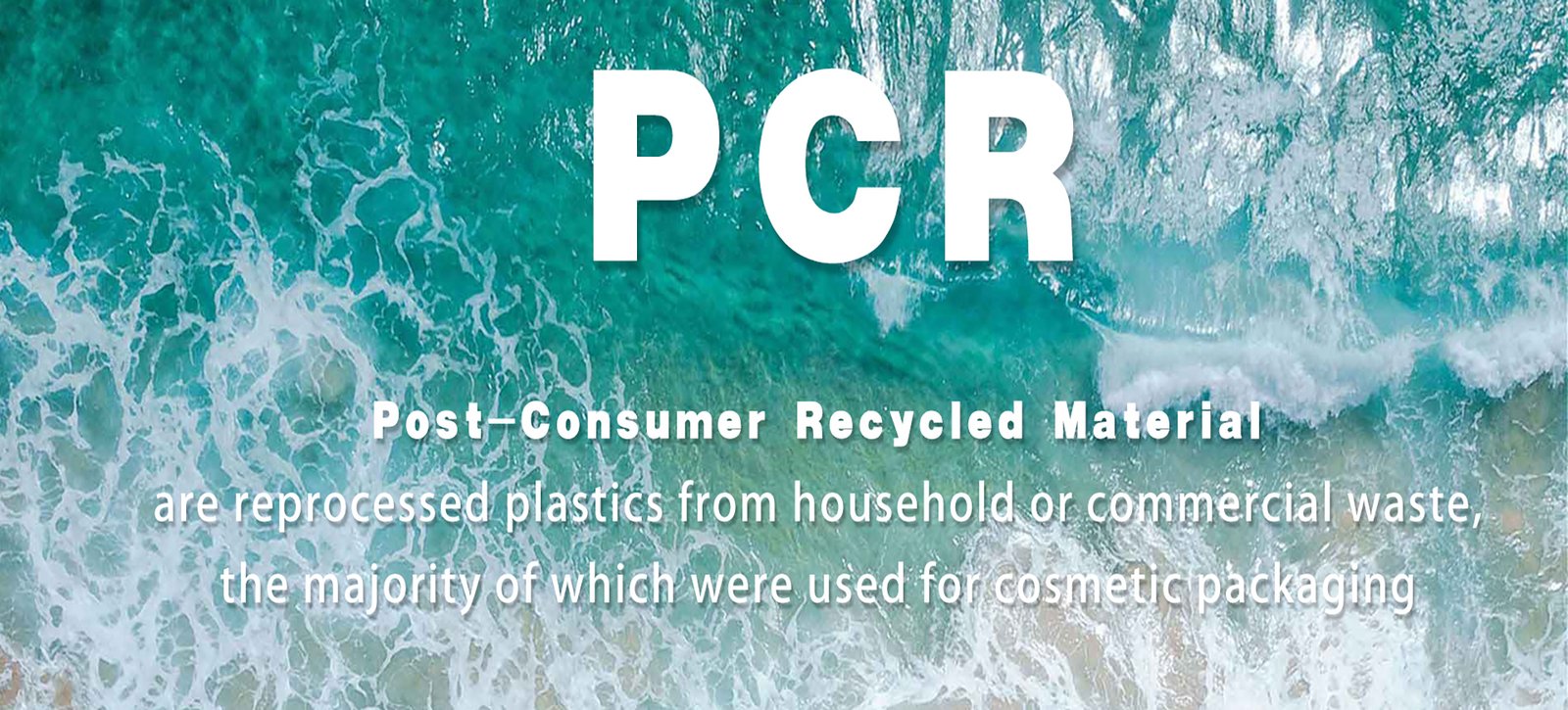
The PCR material is made by our used container like milk bottle, and the recycled company will gather these milk bottles and then send to the remanufacturer. These recycled materials need to be sorting, cleansing, and remanufacturing into the resin pellets.
Green resources and recycling economy are major issues in today's society, and all countries in the world are now setting policies in the direction of plastic reduction. XINFLY distribute ourselves in developing environmental friendly materials and apply it on cosmetic tubes and skincare markets, this way, we can decline the usage of virgin plastic resin. Recently, the eco-friendly material accepted by most European and American markets is PCR (post-consumer recycling).
XINFLY currently can apply PCR to tube body on both mono layer and multi-layers tube according to the percentages requested by our clients. In order to eliminate doubts about the use of new materials in tube packaging, we suggest clients using multi-layers tube. By putting PCR in the middle layers of the tube, we can be sure that the PCR material does not contaminate and effect both the cosmetic formula nor the decoration on the appearance.
What can I do with PCR plastic in Cosmetic Tubes?
|
|
|

Fossil
fuels not only cause serious carbon dioxide pollution but also are
disappearing at an alarming rate, how to obtain alternatives to fossil
fuels as soon as possible is an important mission of mankind at present.
Bio-based
ethanol have always been regarded as an effective alternative to fossil
ethanol, not only as recycled materials, but also in the production
process that can reduce the production of tons of carbon dioxide.
Bio-based
sugarcane tube is developed to deal with the CO2 emission. There are so
many different types of bio-based material such as grass, corn, or
bamboo, however, none of those material have a better performance than
sugarcane. The sugarcane ethanol Xinfly Packaging purchased is from
Brazil. Brazil has the best natural condition to grow sugarcane, only a
small portion (0.02%) of agricultural land is used for the sugarcane
ethanol production in Brazil.
For
many years hard working, Xinfly Packaging has developed sugarcane PE
tube. Just like conventional fossil-based PE tube, sugarcane tube can
use exactly same printing machine and injection machine to manufacture.

For
years, we have been using plastic for basically everything ranging from
food to clothes to furniture. In recent years, our knowledge of the
environment has grown and with that; the recognition that plastic is bad
for our planet. So bad that continuing to use plastic may lead to our
undoing. Luckily there are many alternatives to plastic. One of which is
wheat straw plastic. What is it, and is it environmentally friendly?
We’ll tell you in this article.
What is wheat straw plastic?
Wheat is a type of grain that’s most often used to make bread, flour or wheat-gluten. Wheat straw is what’s leftover once the wheat is harvested and using it in plastic production is an ideal zero-waste option.
The plastic is created by breaking down the cellulose the wheat straw contains. This process creates the opportunity to make different kinds of polymers. Polymers are large bonds formed by loose monomers that are strong and are used as building blocks to create a substance. Natural polymers are also found in our bodies, like our nails and hair.
Plastic is made from artificial polymers, but polymers created from wheat straw are fully natural.
The impact of natural plastics on the environment
Natural plastics, like wheat straw plastics, are biodegradable and therefore take less time to break down and are usually more susceptible to weather conditions like rain. With wheat straw being a byproduct of edible grains, there is no extra procedure required to harvest and/or farm it and because of photosynthesis, the cultivation would extract more CO2 from the air than it produces. In addition, the traditional means of disposal of wheat straw involve burning it, which also adds to CO2 levels. Also, the production of bioplastics is less energy consuming and excrete less CO2 than regular plastics, which is beneficial for the environment and the warming of the earth.
Contact: Jeff
Phone: +86-18952591688
E-mail: sales@cosmetic-tubes.com
Add: No 2,Hangji Town,Yangzhou City,Jiangsu ,P.R.China